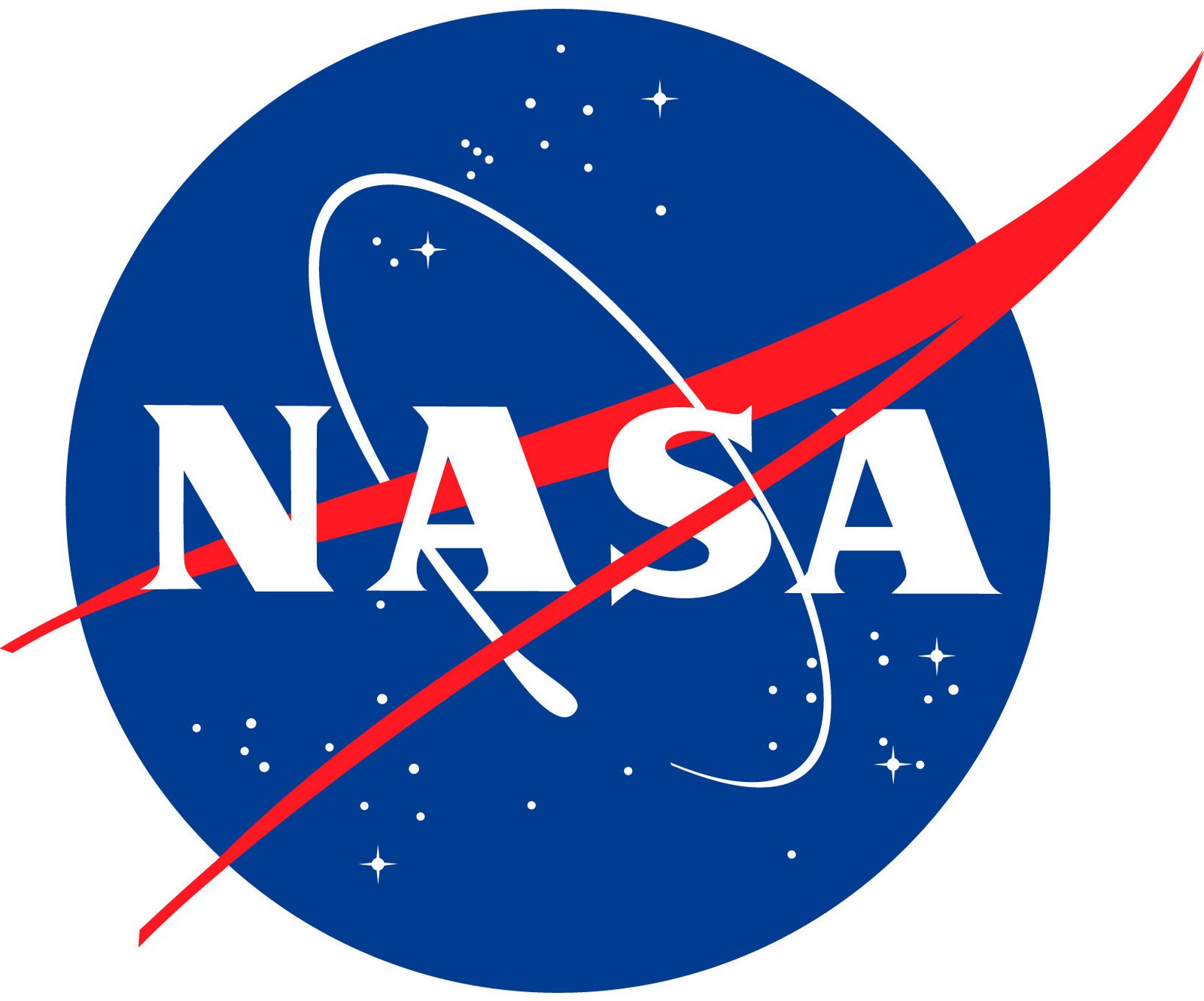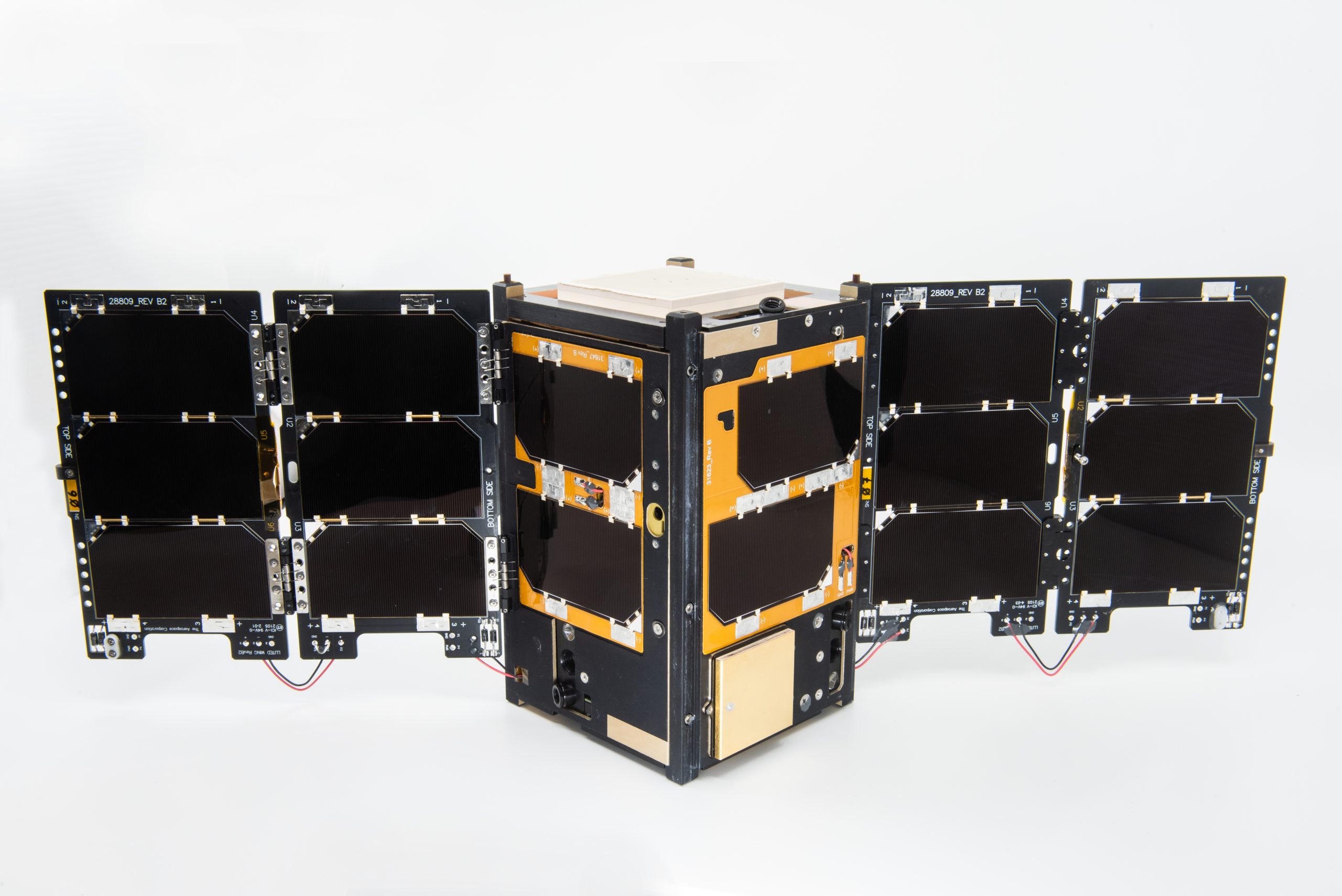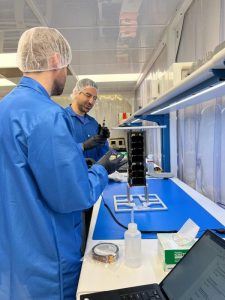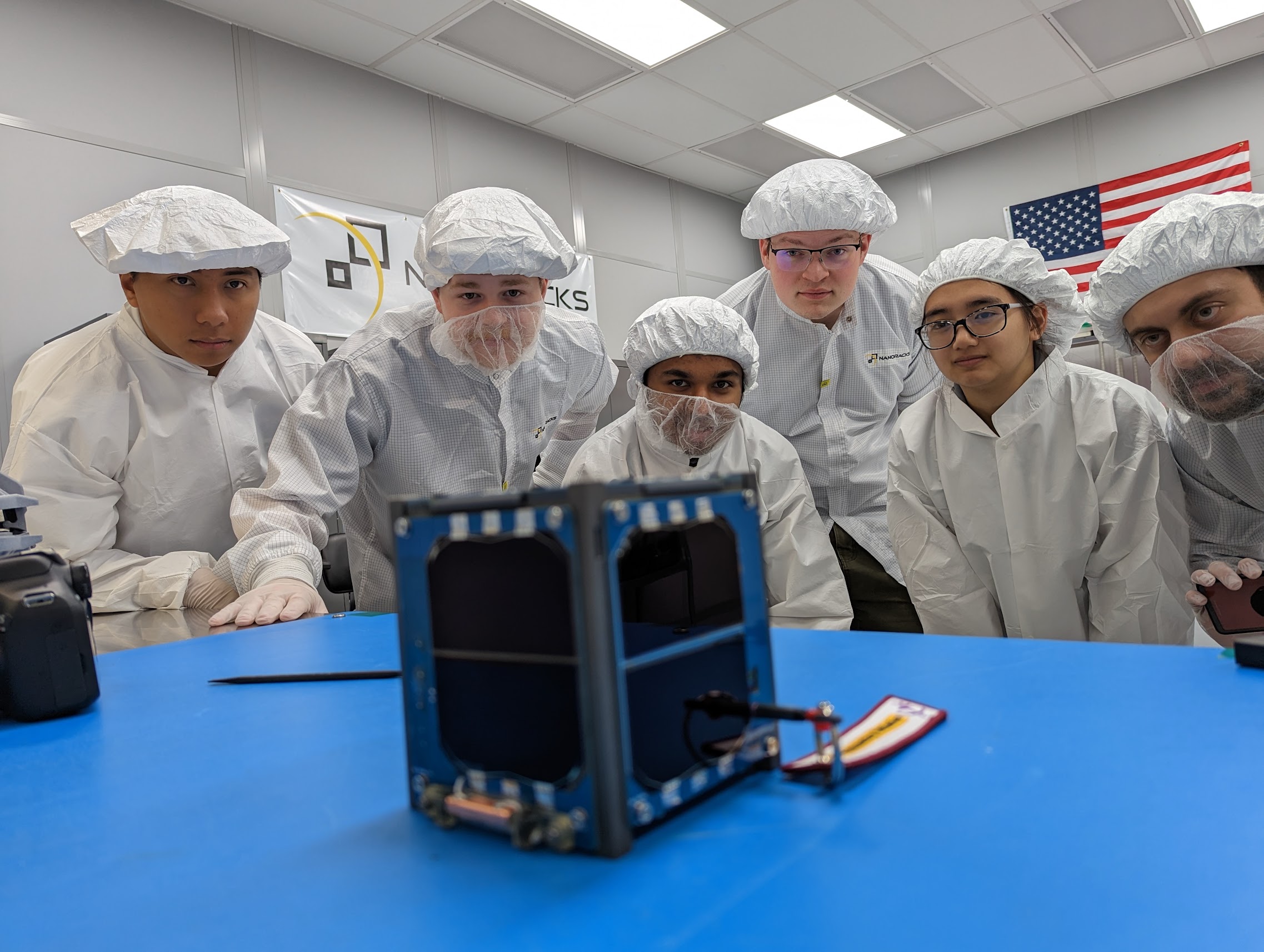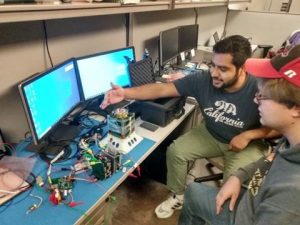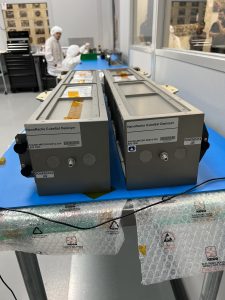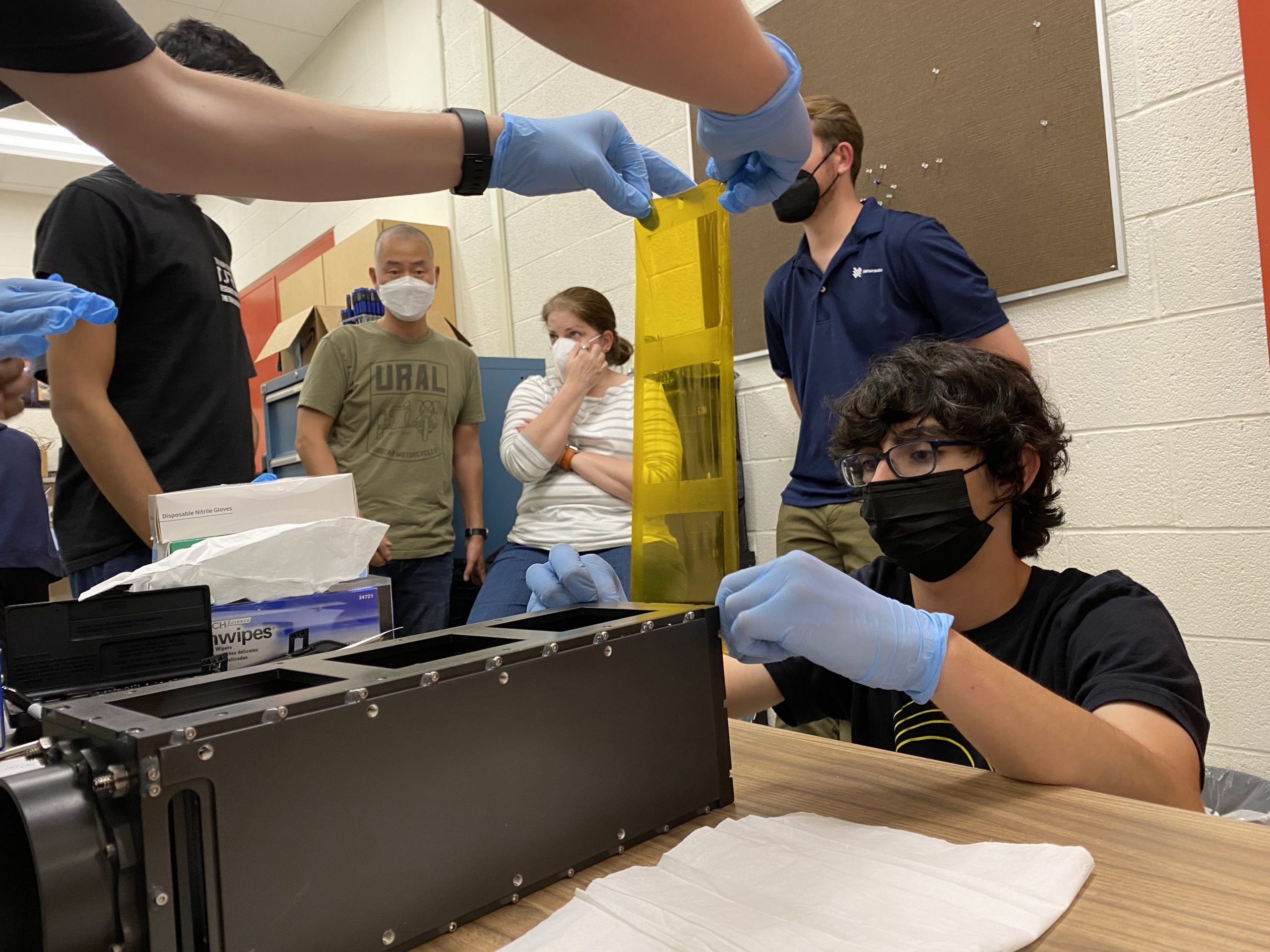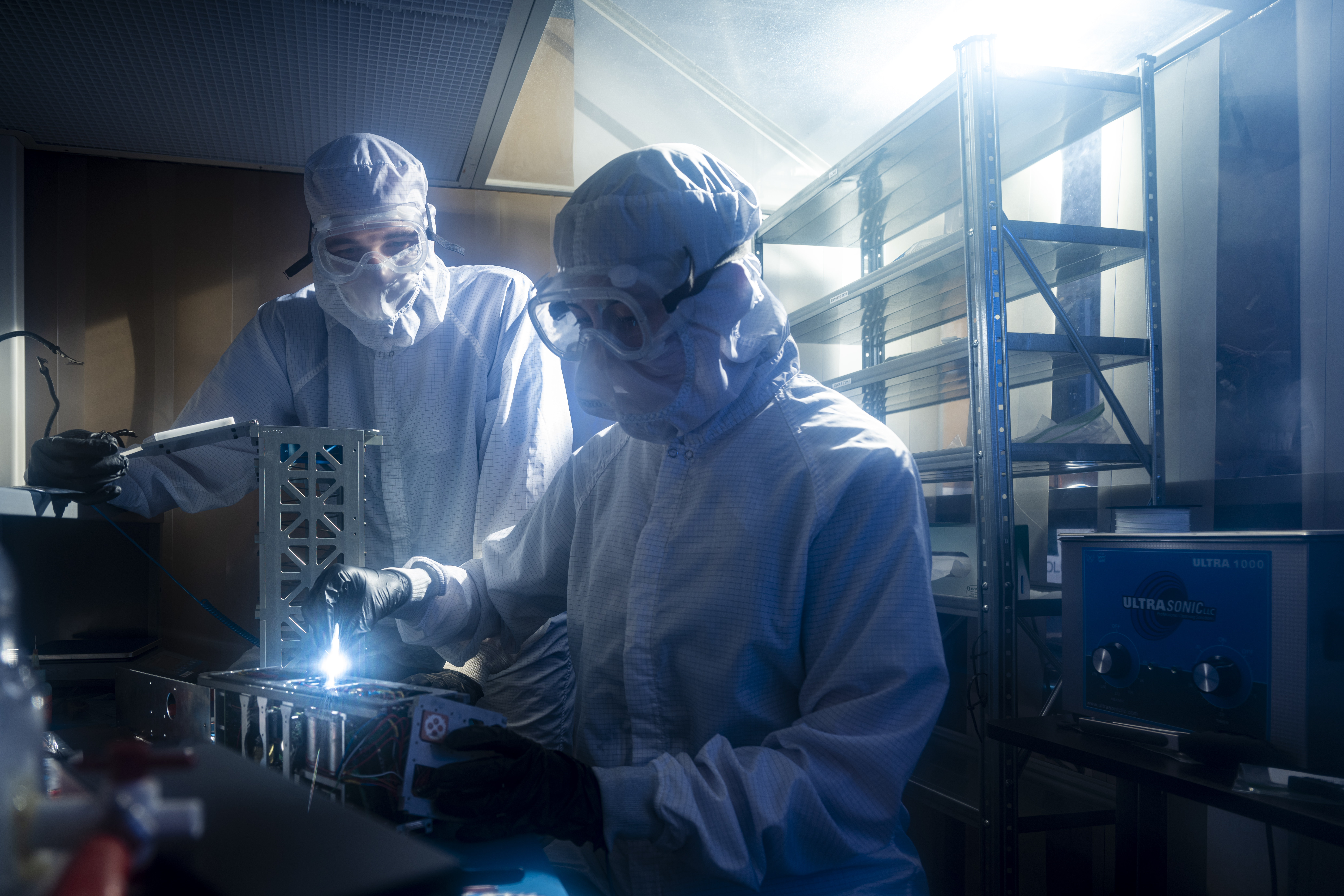
NASA’s CubeSat Launch Initiative is sending a small satellite to orbit intended to demonstrate a multi-mode-capable thruster that can operate with both chemical and electrical modes potentially saving mass and reducing costs for larger missions.
The Multi-Mode Mission, or M³, developed by Missouri University of Science and Technology’s Satellite research team, is a CubeSat intended to demonstrate a new way to reposition spacecraft in flight. Payloads and spacecraft need the ability to modify the path of an ongoing mission quickly and easily – for example, to avoid another object. This could be accomplished with separate chemical and electric systems, but a multi-mode propulsion system would require less mass and volume while reducing costs.
M³ will use ionic propellant, which is low in cost and readily available. The thruster on the CubeSat contains a student-developed power processing unit and feed system, that uses the ionic propellant in both modes instead of one. Once M³ is in orbit and the propellant reaches the desired temperature, the flight computer will command the propellant feed system solenoid valves to open and the power processing unit to supply power to the payload, beginning an electrospray burn.
The M³ team started work in 2016 and managed several hurdles, including transitioning work to future classmates and the 2020 coronavirus (COVID-19) pandemic.
“The team traveled to Indianapolis to complete vibration testing and, as it turned out, we had to travel there twice,” said Emily Doddemeade, a senior in aerospace engineering from Highlands Ranch, Colorado, and the mission’s project manager. “One of the motherboards was faulty and we were informed that M³ needed to be tested with at least three accelerometers instead of the single one we originally used.”
After the second and successful vibration test, the M³ team managed to hand over their CubeSat for launch thanks in part to alums who could still help.
M³ will launch as part of SpaceX’s Transporter-10 Rideshare mission, targeted to lift off at 2:05 p.m. PST (5:05 p.m. EST) Monday, March 4, 2024, from Vandenberg Space Force Base in California. The CubeSat will begin transmitting seven days after ejection from the deployer, and the mission ends when the batteries discharge and M³ can no longer transmit data.
NASA’s CubeSat Launch Initiative provides U.S. educational institutions, nonprofits with an education/outreach component, informal educational institutions (museums and science centers), and agency centers with access to space at a low cost.

